| Useful Website |
|
|
Korean Tourism Organization : http://english.visitkorea.or.kr/
Seoul Tourism Organization : http://english.visitseoul.net/
|
| General Information |
|
| Geographical location |
|
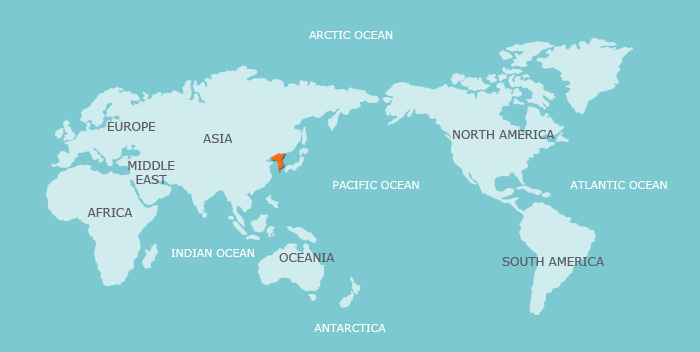 |
|
|
The Korean peninsula, roughly 1,030 kilometers long and 175 kilometers wide at its narrowest point, is located in Northeast Asia. With Seoul as its capital city, Korea's total land area is 100,033 kilometers squared. Korea's neighbors include Japan to the east, China to the west, and Democratic People's Republic of Korea (North Korea) across the northern border. |
|
| Business Hours |
|

|
Banks
Weekday: 09:00-16:00 / Closed weekends & public holidays
* Exceptions: Standard Chartered Bank weekdays 09:30-16:30, EVERRICH Bank weekdays 09:00-16:30 / Closed weekends & public holidays
|
 |
Government Offices and Organizations
Weekdays 09:00-18:00 / Closed weekends & public holidays
|
 |
Post Offices
Weekdays 09:00-18:00 / Closed weekends & public holidays
Website: www.koreapost.go.kr (Korean, English)
|
 |
Department Stores
Monday-Thursday 10:30-20:00, Friday-Sunday 10:30-20:30 / Closed days vary by store
* Typically, department stores are closed one day a month (usually a Monday). However, closings vary according to each store
* Extended operating hours (10:30-20:30) generally apply on public holidays and during holiday periods
|
|
|
| Traditional Korean Food |
|
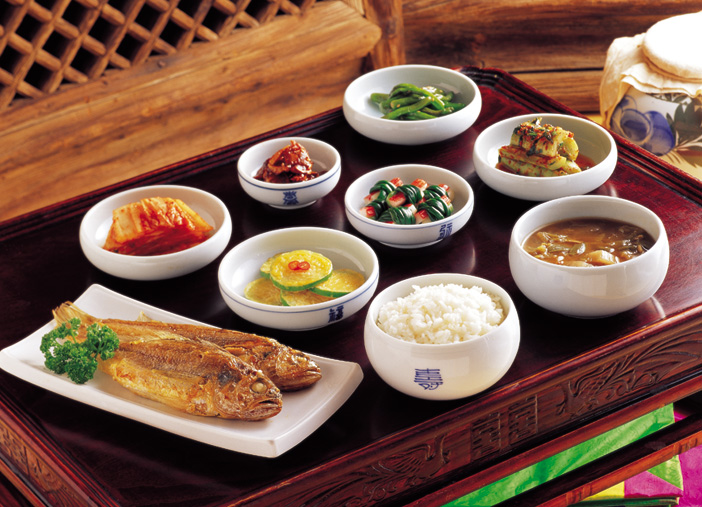 |
|
| 【 Photo: Korean table setting 】 |
|
Hansik refers to traditional Korean food, centered on rice, served alongside a bowl of soup and a variety of side dishes. Most dishes use meat and vegetables as the main ingredients, and are boiled or steamed in brine or water rather than fried in oil, making hansik very healthy. More than anything else, hansik's most outstanding feature is the amount of fermented foods. The most well-known are kimchi (fermented cabbage), ganjang (soy sauce), doenjang (soybean paste), and gochujang (Korean chili paste).
Popular dishes among international visitors include bulgogi, bibimbap, and hanjeongsik (Korean table d'hote). Bulgogi is a marinated beef or sometimes pork dish that is sweet and tender in texture. In particular, the soy sauce seasoning is not spicy, thus making it a great introductory dish to hansik. Bibimbap, on the other hand, is a complete meal in and of itself. It is made by mixing rice with all kinds of vegetables and then topped with gochujang for that extra kick. Hanjeongsik is served as a full table's worth of side dishes featuring meat and vegetables along with soups, steamed foods, and hot pots. This is a popular choice for visitors looking to try a little bit of everything. |
|
 |
 |
| 【 Photo: Kimchi 】 |
【 Photo: Galbi 】 |
|
|
| Traditional Korean Houses |
|
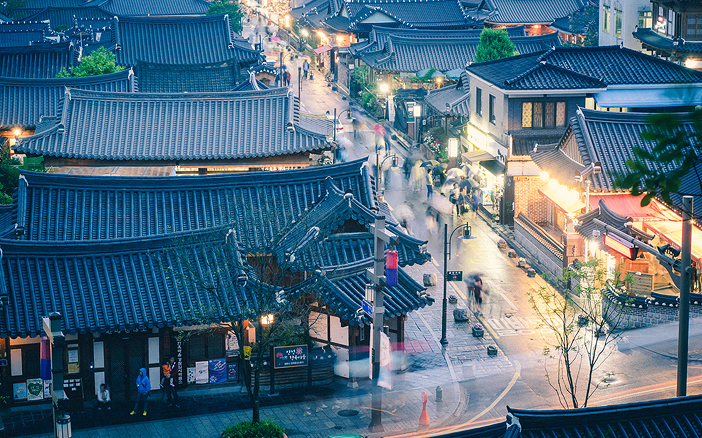 |
|
| 【 Photo: Jeonju Hanok Village 】 |
|
| Hanok refers to houses built in the traditional Korean style. While tile-roofed and thatch-roofed hanoks were equally common, the former were typically noblemen residences while the latter were mostly houses of the commoners in the past. These days, most traditional hanok that are still used for housing have modern facilities installed within. |
|
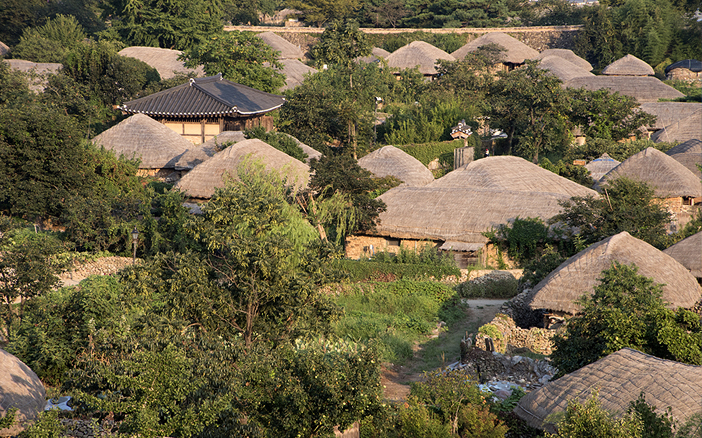 |
|
| 【 Photo: Thatch-roofed houses at Suncheon Naganeupseong Folk Village 】 |
|
| There are two main charms to hanoks. The first is the unique heating system of ondol. A layer of stone is laid down below the flooring and when heated, the heat spreads up into every room of the house, keeping both the floor and the air surprisingly warm in winter. The use of ondol has influenced the Korean culture to a lifestyle of sitting on the floor, even in modern times. Because the floor is used for eating, sleeping, and general leisure time, people take off their shoes when entering a Korean home. This custom started with hanok and the ondol system. |
|
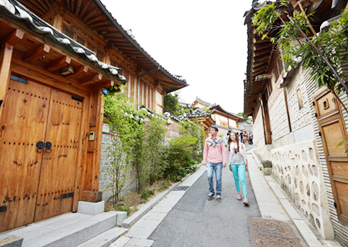 |
 |
| 【 Photo: Environment-friendly hanok houses 】 |
|
|
The second attractive point to hanok houses is that they are environmentally friendly. The materials needed to build a hanok house are free from chemicals, making it a healthy environment. The pillars, rafters, doors, window frames, and floor are wooden, while the walls are a mixture of straw and dirt. The paper to cover the frames of doors and windows was made from tree pulp. As the building materials used are all natural, hanok houses have excellent breathability, perfect for escaping the summer heat.
Experience the traditional culture for yourself through the many hanok villages in Korea, including Jeonju Hanok Village, Andong Hahoe Folk Village, Bukchon Hanok Village, Namsangol Hanok Village and Naganeupseong Folk Village. |
|

